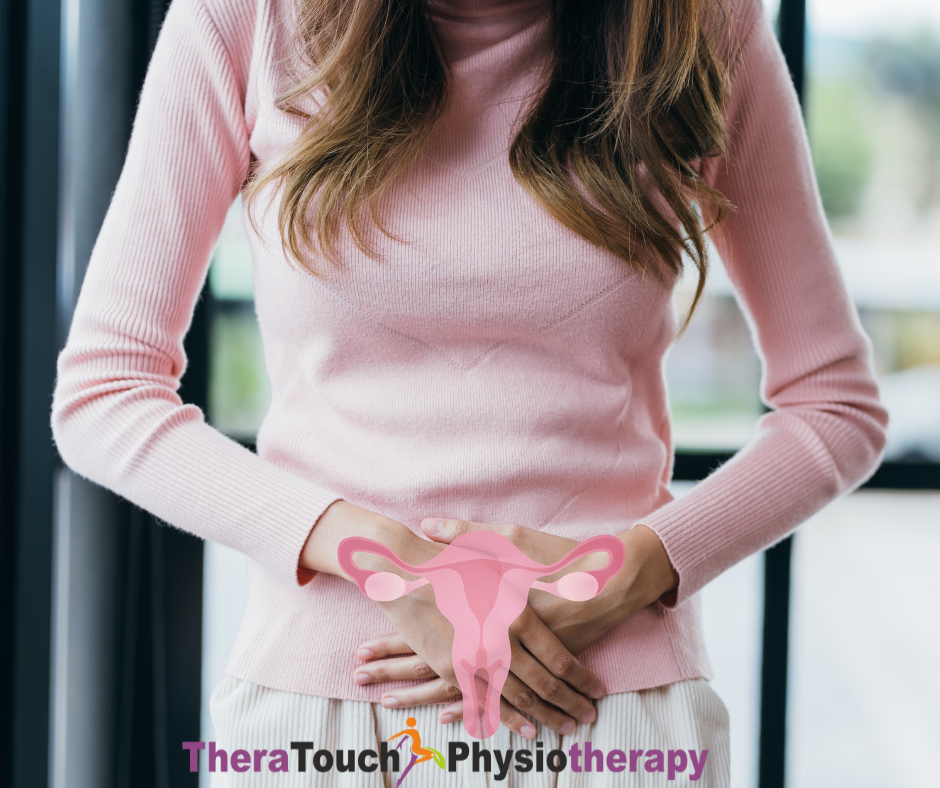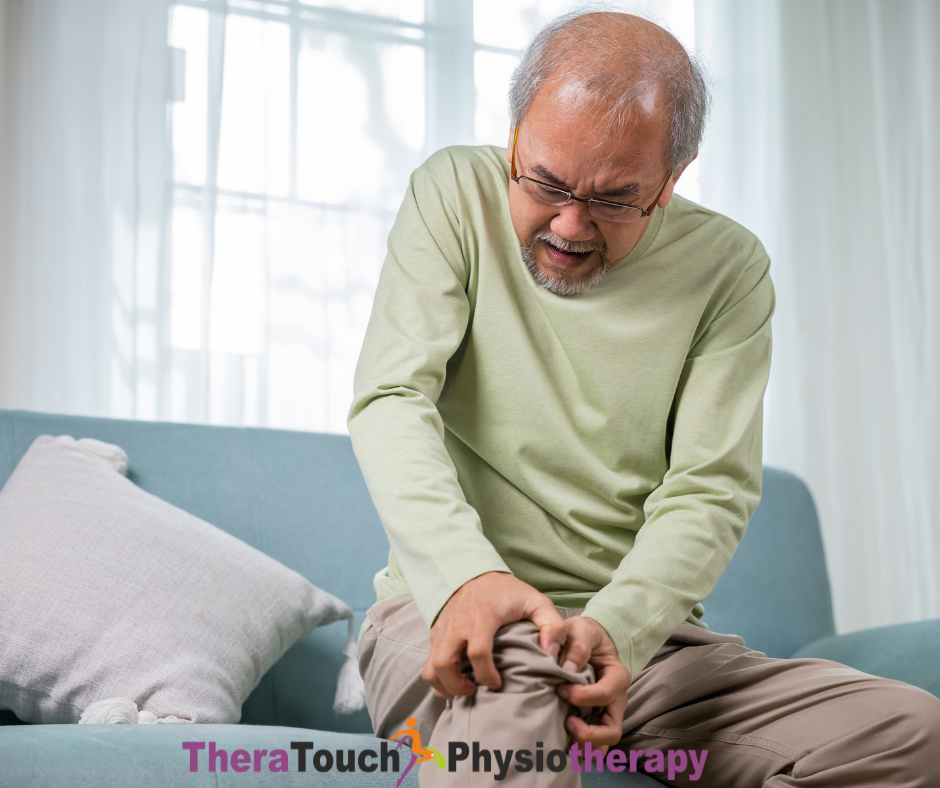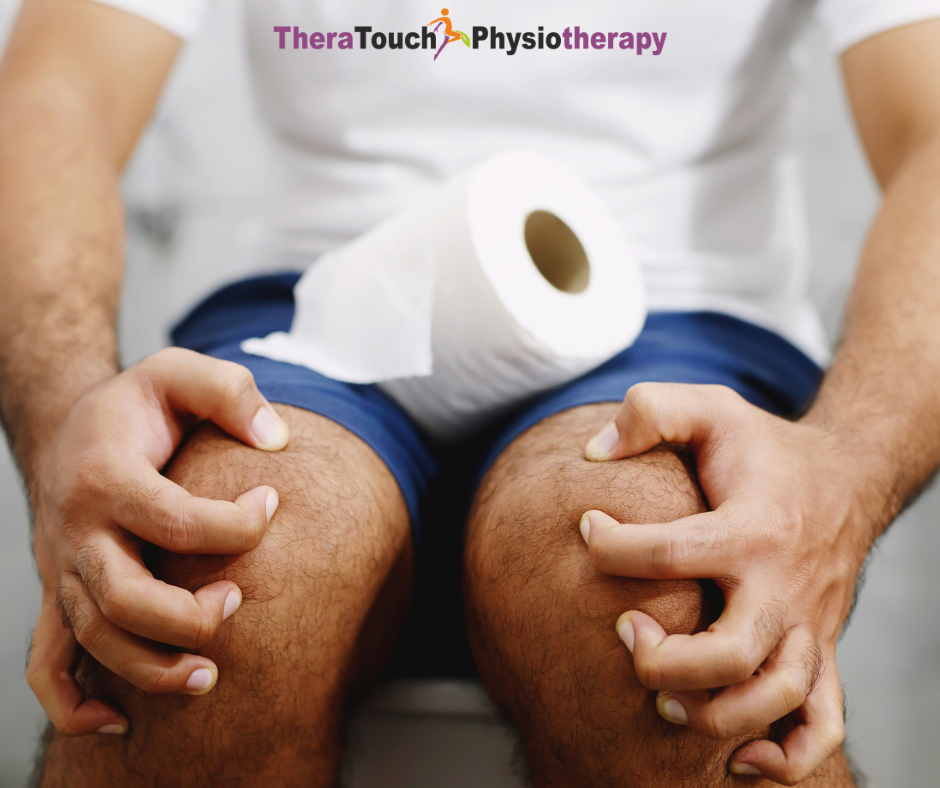How To Reduce Incontinence.
If you’re looking to enhance your core strength and manage or reduce incontinence, pelvic floor physiotherapy offers a path to a more comfortable and confident you. This approach focuses on your pelvic floor muscles at the base of your pelvis, which are part of your core muscle & are crucial for supporting your overall health. Strengthening these muscles not only helps with bladder control but also provides solid support for your core, ultimately improving your quality of life and reducing incontinence. Let’s dive into how you can start and make the most of pelvic floor physiotherapy.
Understanding the Pelvic Floor
Think of your pelvic floor as the foundation of your core. Your core muscles include your abdominal, back, diaphragm and pelvic floor muscles. The Pelvic floor is a network of muscles that supports your pelvic organs, including the bladder, uterus, and rectum. When these muscles are strong, they help you control your bladder and bowel functions. Weakness in this area can lead to issues like incontinence, or discomfort. Strengthening your pelvic floor can help you regain control and support your core, giving you a stronger sense of well-being and reduce incontinence.
Kegel Exercises are known to help. So, this is how to go about them.
Finding Your Muscles
Begin by locating the muscles you use to stop urination. These are the muscles you’ll want to focus on. Once you know where they are, you can start with Kegel exercises.
Contract and Hold
Gently contract your pelvic floor muscles on exhale and hold this contraction for about 5 seconds. Try to avoid tensing your abdomen, thighs, or buttocks. After holding, relax for 5 seconds. Repeat this cycle 10-15 times, aiming to do this exercise a few times each day. As you grow stronger, you can gradually extend the length of each contraction while breathing normally.
Bridges: Building Strength with Ease
Lie on your back with your knees bent and feet flat on the floor. Lift your hips towards the ceiling, gently engaging your pelvic floor muscles as you go. Hold this position for a few seconds before lowering your hips back down. Repeat several times. This simple exercise helps to enhance both your pelvic floor and core strength.
Bird Dogs
Start on your hands and knees. Extend one arm forward while reaching the opposite leg back. Keep your core tight and your pelvic floor engaged throughout. Hold for a few seconds, then switch sides and repeat. This exercise not only strengthens your core but also engages your pelvic floor in a balanced way.
Clamshells for Strengthening Your Pelvic Floor and Hips
Lie on your side with your knees bent and feet together. Lift your top knee while keeping your feet touching. Engage your pelvic floor muscles as you lift your knee. Lower it back down and repeat on both sides. This exercise targets the muscles around your pelvic floor and hips, helping to build strength and stability.
Breathing Techniques for Enhanced Results
Incorporating deep breathing into your routine supports your pelvic floor exercises. Breathe deeply through your nose, letting your belly rise, and then exhale slowly through your mouth while engaging your pelvic floor. This helps to both relax and strengthen your muscles, making your exercises more effective.
Lifestyle Tips for a Stronger Pelvic Floor
Staying active is key to maintaining overall muscle tone, including your pelvic floor. Activities like walking, swimming, or cycling are excellent for keeping your body in balance. Additionally, managing a healthy weight can reduce pressure on your pelvic floor, which helps prevent weakness over time.
Avoid straining during bowel movements or when lifting heavy objects. Proper lifting techniques and relaxation can help prevent unnecessary strain on your pelvic floor muscles, contributing to a healthier you.
Seek Professional Support
While these exercises and lifestyle tips are a great start, working with a pelvic floor physiotherapist can provide personalized guidance. They can assess your needs, offer tailored exercises, and ensure you’re performing them correctly. This expert support can help you achieve the best results and address any specific concerns you might have.
By embracing pelvic floor physiotherapy, you’re taking a significant step towards a stronger core, better bladder control, and an improved sense of well-being. With regular practice and the right guidance, you can build a resilient pelvic floor and enjoy a more vibrant, confident life. Do you have questions? Ask us!




